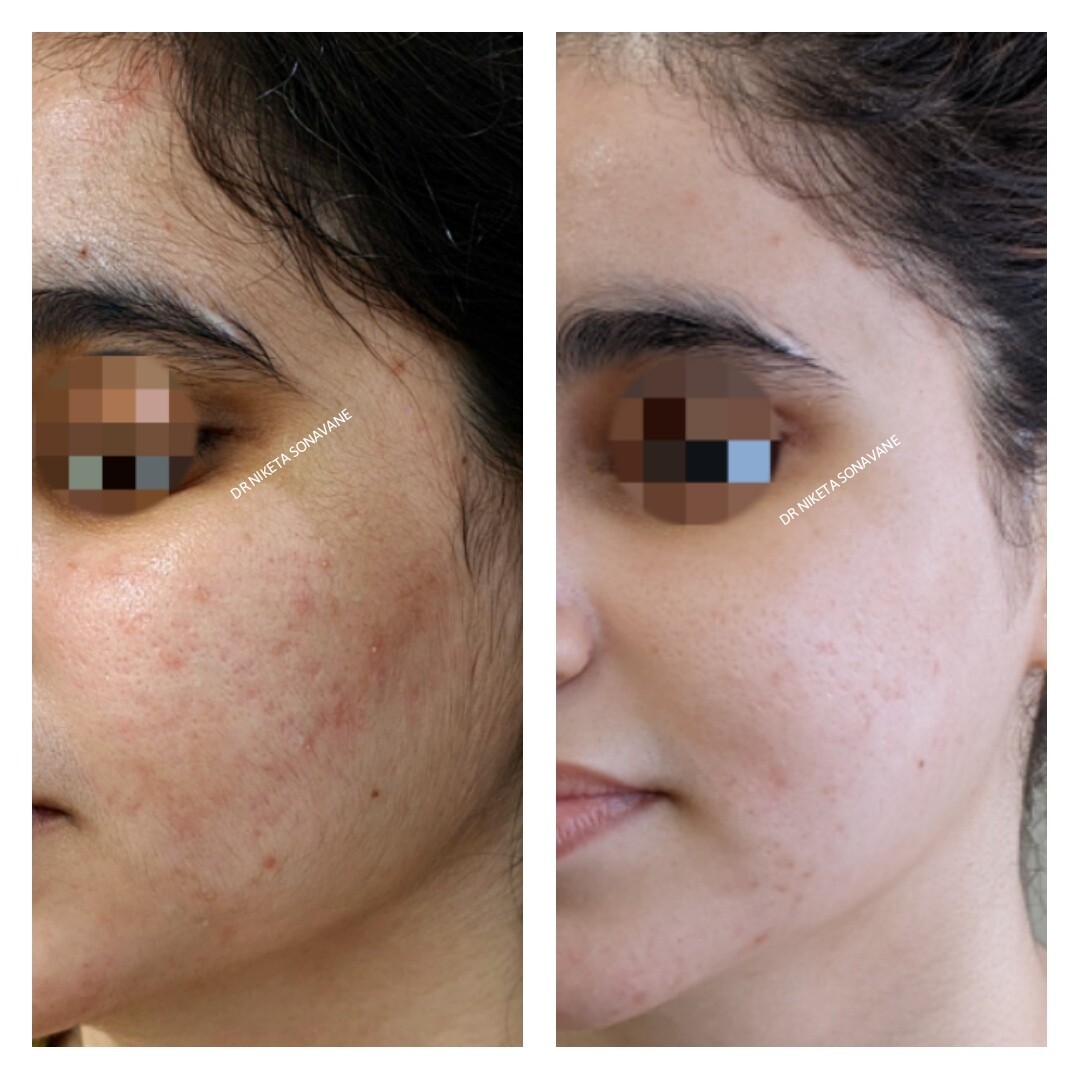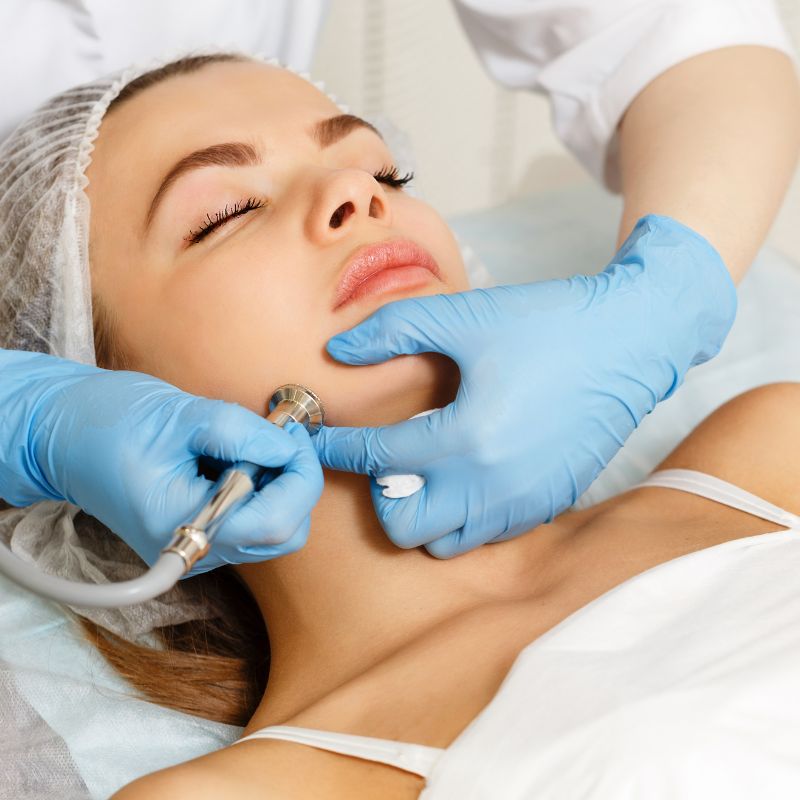Dermatologist Competence: Effective Skin Pigmentation Treatment Options
Dermatologist Competence: Effective Skin Pigmentation Treatment Options
Blog Article
The Ultimate Option for Stubborn Skin Coloring Problems Disclosed
Skin pigmentation issues can be a resource of frustration for numerous individuals, commonly proving to be resistant to conventional treatments. The essential lies in recognizing the root causes of skin discoloration and executing a detailed strategy that not just addresses existing coloring yet also prevents its reappearance.
Recognizing Skin Pigmentation Triggers
Skin coloring is a complex procedure affected by various interior and exterior factors that add to the formation of dark places or patches on the skin. The key source of skin pigmentation is the overflow of melanin, the pigment liable for hair, skin, and eye color. This overproduction can be set off by elements such as sun exposure, hormonal changes, inflammation, and skin injuries.
Sunlight direct exposure is just one of the leading reasons for skin coloring, as UV rays promote melanocytes to create more melanin, leading to tanning or the development of dark places. Hormone adjustments, specifically while pregnant or as a result of hormone problems, can additionally result in skin pigmentation concerns like melasma or chloasma. Swelling brought on by problems like acne or dermatitis can cause post-inflammatory hyperpigmentation, leaving stubborn dark marks on the skin.
Comprehending these reasons is vital in developing efficient treatments for skin coloring problems. By resolving the hidden aspects that add to melanin production, targeted skin care routines, expert treatments, and lifestyle adjustments can assist take care of and decrease skin pigmentation problems.
Topical Treatments for Hyperpigmentation
Having established the underlying reasons of skin pigmentation, it is vital to check out effective topical therapies for addressing hyperpigmentation concerns. Hydroquinone might not be appropriate for all skin types and can create inflammation in some people.
Various other efficient topical therapies for hyperpigmentation include kojic acid, which is originated from fungis and can help lighten dark spots by inhibiting melanin manufacturing. Vitamin C is additionally a popular selection due to its brightening homes and ability to level skin tone. Furthermore, active ingredients such as retinoids and niacinamide can aid boost skin appearance and lower the look of coloring over time.
When using topical treatments for hyperpigmentation, it is vital to use sun block day-to-day to prevent further darkening of the skin and to seek advice from with a dermatologist to identify the most suitable therapy for specific skin concerns. (Skin Pigmentation Treatment)
Professional Treatments for Coloring Modification
Professional dermatologists usually recommend a variety of innovative procedures for fixing here skin coloring issues. Another reliable procedure is chemical peels, where a chemical solution is used to the skin to scrub the outer layer, exposing brand-new, evenly colored skin underneath.
For a lot more extreme situations of coloring, dermatologists might recommend intense pulsed light (IPL) therapy, which targets melanin with broad-spectrum light to discolor dark spots slowly. In some circumstances, fractional laser therapy may be advised to target particular locations of coloring much more specifically. These professional procedures are generally executed in a skin doctor's workplace and might need numerous sessions for ideal outcomes. It is necessary to speak with a certified dermatologist to establish the most appropriate treatment choice based on private skin kind and pigmentation worries.


Way Of Life Adjustments to Fight Skin Discoloration
Integrating dietary alterations and sunlight security methods can considerably aid in addressing skin staining problems. A diet plan abundant in minerals, vitamins, and anti-oxidants can help enhance overall skin health and wellness and reduce coloring issues. Foods like berries, citrus fruits, leafy environment-friendlies, and nuts can supply essential nutrients that sustain skin regeneration and battle oxidative stress, which can add to skin staining. Furthermore, remaining moistened by consuming an ample amount of water daily can likewise advertise skin health and help in maintaining an even complexion.
Sunlight protection is essential in stopping additional skin staining. UV rays can aggravate coloring troubles and raise the risk of developing dark spots. Integrating everyday use sunscreen with a high SPF, using protective garments, and looking for shade throughout height sunlight hours can help shield the skin from damaging UV radiation. Furthermore, staying clear of too much sun direct exposure and tanning beds can aid in avoiding new pigmentation issues from arising. By making these way of living adjustments, people can take positive steps towards combating skin discoloration and promoting a healthier skin.
Upkeep Tips for Long-Term Pigmentation Control
Normal peeling with mild scrubs or chemical exfoliants can help slough off dead skin cells, enabling for much better penetration of treatment products. Maintaining a healthy diet plan abundant in vitamins, antioxidants, and minerals can sustain skin health and general pigmentation control (Skin Pigmentation Treatment). By adhering to these maintenance suggestions vigilantly, individuals can successfully handle stubborn skin coloring in the lengthy run.
:max_bytes(150000):strip_icc()/Stocksy_txp77c5ed4ezGf300_Medium_3716673-382a8c4389d24dbbb442019093e961a1.jpg)
Final Thought
Finally, addressing skin go to my site coloring calls for a complex technique including understanding the reasons, utilizing topical treatments, undergoing expert treatments, making lifestyle changes, and preserving lasting control. By combining these techniques, individuals can properly combat stubborn skin discoloration issues and attain a more even and radiant skin tone.
Skin coloring is a complex process influenced by different interior and exterior variables that add to the formation of dark areas or spots on the skin. The key cause of skin pigmentation is the overproduction of melanin, the pigment responsible for hair, skin, and eye shade. An additional reliable treatment is chemical peels, where a chemical solution is applied to the skin to exfoliate the outer layer, revealing new, evenly colored skin below (Skin Pigmentation Treatment). Foods like berries, citrus fruits, leafed environment-friendlies, and nuts can provide necessary nutrients that sustain skin regrowth and battle oxidative tension, which can add to skin discoloration. Remaining moisturized by consuming an ample quantity of water daily can likewise promote skin health and wellness and aid in keeping an sites even skin tone
Report this page